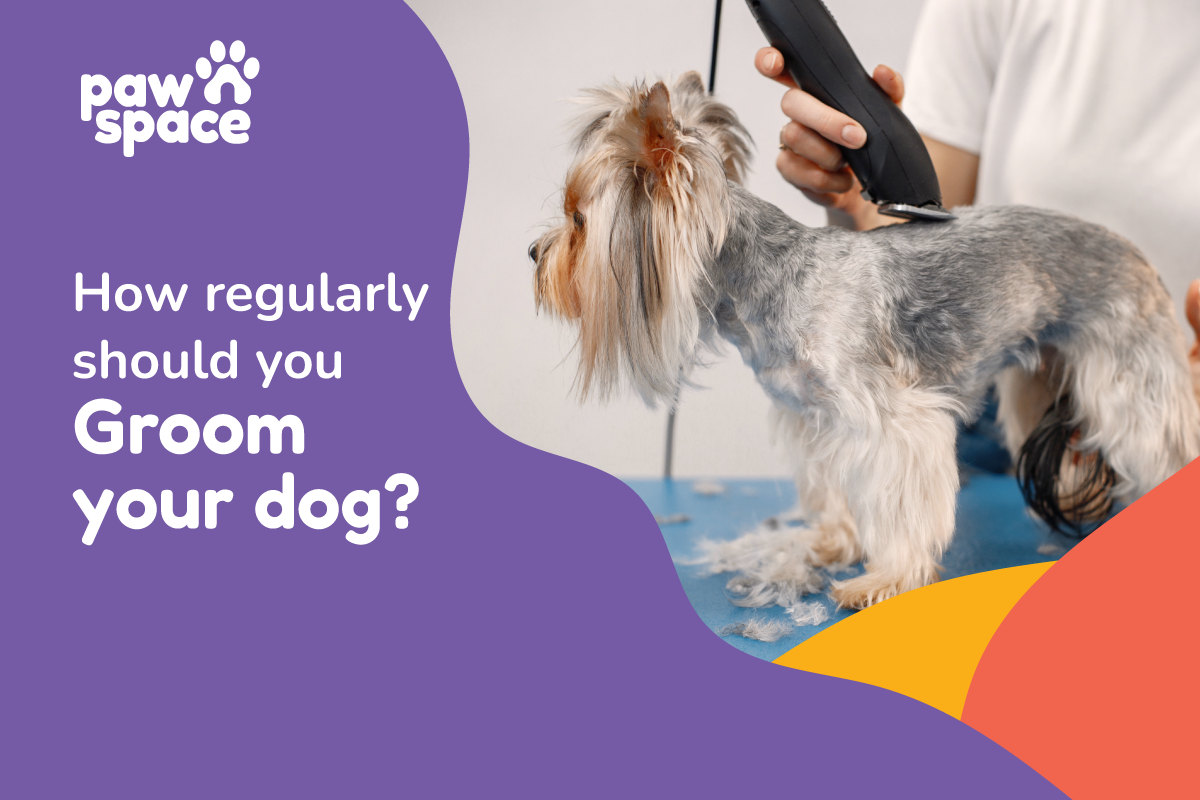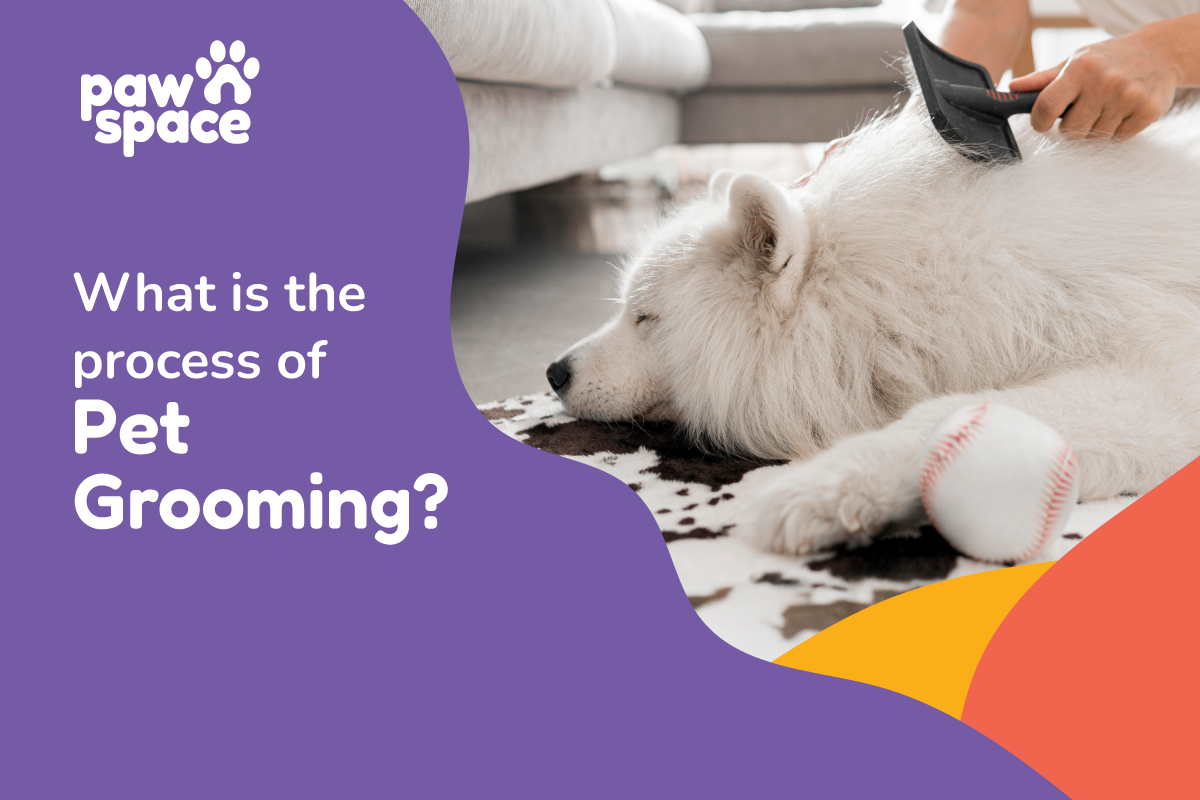Paw Injuries Treatment for Pets is essential, as a pet’s paws are their foundation enabling them to explore, play, and navigate the world around them. However, just like any other part of their body, their paws are vulnerable to injuries and ailments that can cause discomfort and pain. As pet owners, it’s our responsibility to recognize and address paw problems promptly to ensure our furry companions remain happy and healthy. In this comprehensive guide, we’ll walk you through the step-by-step process of treating paw injuries and ailments in dogs and cats, empowering you to provide the best care possible for your beloved pets.
Table of Contents
ToggleSteps to Treat “Paw Injuries Treatment For Pets”:
- Step 1: Assess the Situation The first step in treating paw injuries or ailments is to assess the severity of the problem. Carefully examine your pet’s paw for any signs of injury, such as cuts, abrasions, swelling, or foreign objects lodged between the toes. Take note of your pet’s behavior; if they’re limping, licking their paws excessively, or showing signs of pain, it’s essential to address the issue promptly.
- Step 2: Clean the Wound If you notice any cuts, scrapes, or foreign objects in your pet’s paw, the next step is to clean the wound thoroughly. Gently rinse the affected area with lukewarm water to remove dirt, debris, and bacteria. Avoid using harsh chemicals or antiseptics that may sting or irritate your pet’s skin. For deeper wounds or embedded objects, seek veterinary assistance immediately.
- Step 3: Apply First Aid After cleaning the wound, apply a pet-safe antiseptic solution or ointment to prevent infection and promote healing. Be sure to follow the product’s instructions carefully and avoid using any medications or treatments not specifically formulated for pets. For minor cuts or abrasions, you can also cover the area with a clean bandage or gauze to protect it from further contamination.
- Step 4: Provide Pain Relief If your pet is experiencing pain or discomfort, consider providing them with pain relief medication recommended by your veterinarian. Non-steroidal anti-inflammatory drugs (NSAIDs) or other pain relievers may help alleviate your pet’s symptoms and improve their overall comfort level. Always consult with your vet before administering any medication to your pet.
- Step 5: Monitor and Follow Up After administering first aid treatment, closely monitor your pet’s paw for any signs of improvement or worsening symptoms. Keep an eye out for redness, swelling, discharge, or changes in behavior that may indicate infection or complications. Follow up with your veterinarian if the problem persists or if you have any concerns about your pet’s recovery.
- Step 6: Prevent Future Injuries Prevention is key to maintaining your pet’s paw health in the long run. Take proactive measures to prevent injuries by keeping your pet’s nails trimmed, avoiding harsh chemicals or abrasive surfaces, and providing appropriate footwear or paw protection when necessary. Regular paw inspections and grooming can also help detect and address potential issues before they escalate.
Conclusion:
Treating paw injuries and ailments in dogs and cats requires patience, care, and attention to detail. By following this step-by-step guide and being proactive in addressing paw problems, you can ensure your furry friends receive the best possible care and enjoy a lifetime of happy, healthy paws. Remember, if you ever have any doubts or concerns about your pet’s paw health, don’t hesitate to seek professional veterinary assistance for personalized guidance and treatment.









